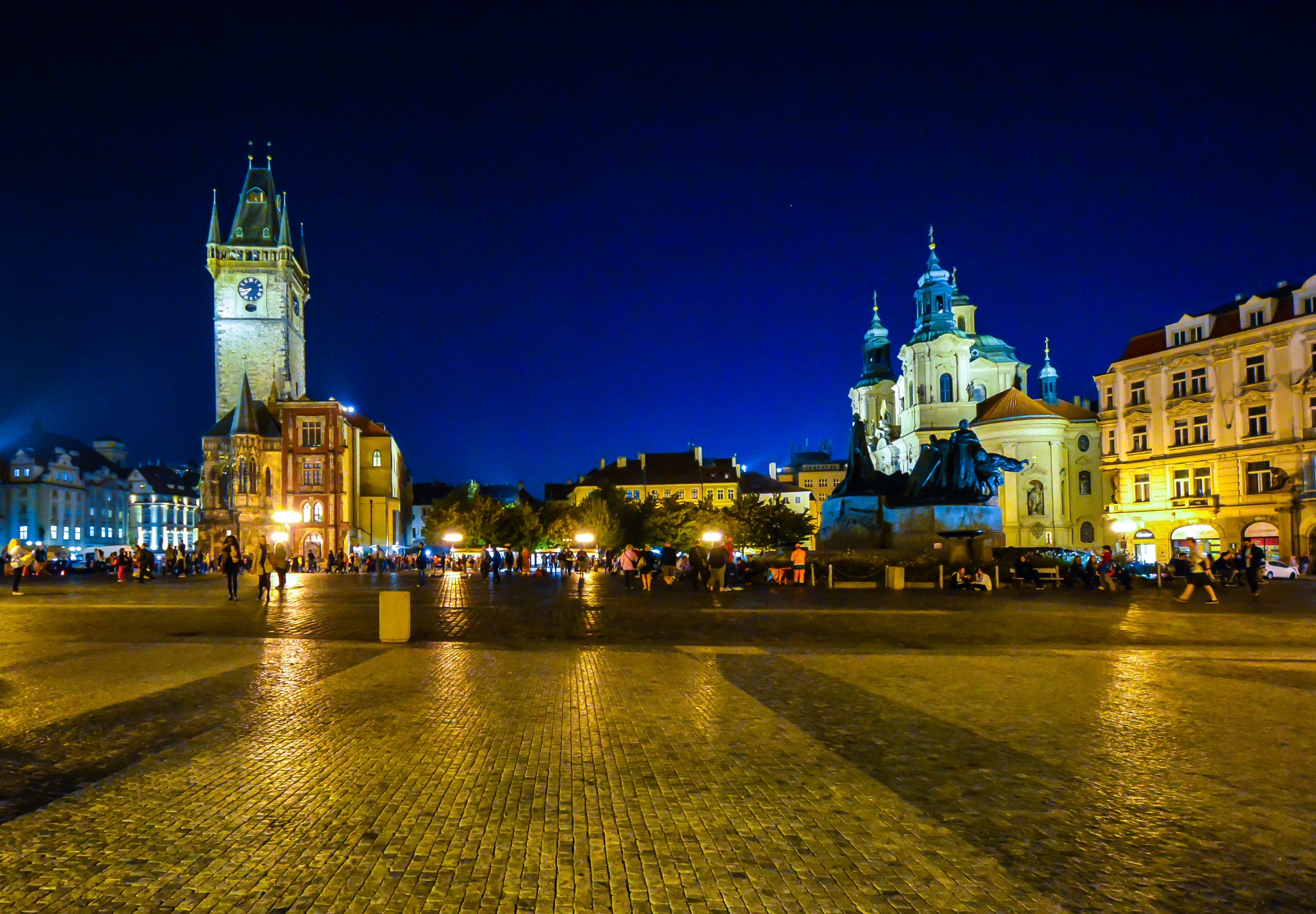Chad Bryant. Prague: Belonging in the Modern City. Cambridge: Harvard University Press, 2021. 352pp, $29.95.
Historian Chad Bryant has produced a moving and deeply informative book in Prague: Belonging in the Modern City. The book’s structure, consisting chiefly of five mini-biographies of illustrative, but not very well known, Praguers from the 1800s to the present day, also treats the evolving city itself as a main character. Each chapter illustrates a particular period in the city’s life via its subject, underscoring the symbiosis between Prague and its people.
Login to read more
Sign in or create a free account to access Subscriber-only content.
